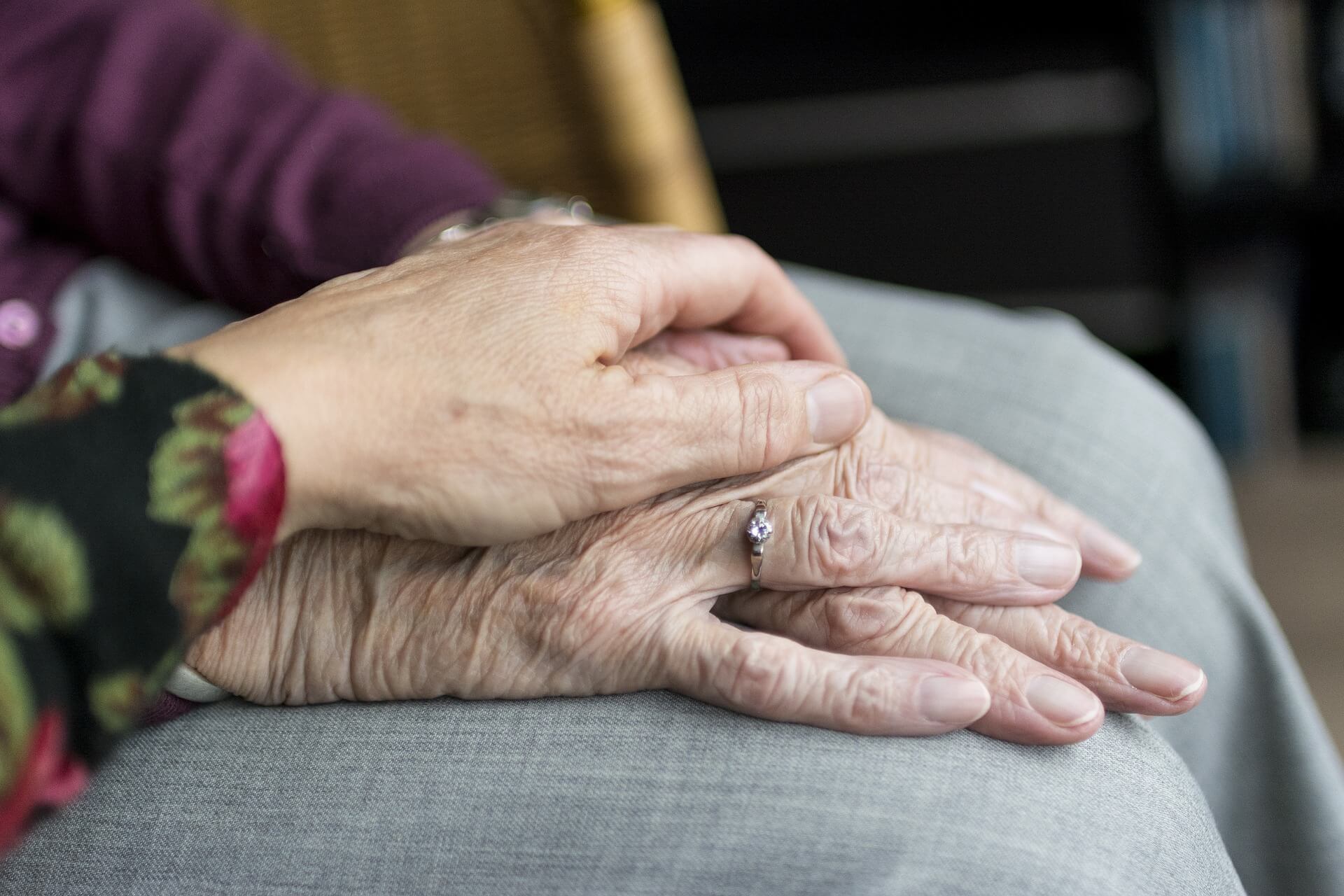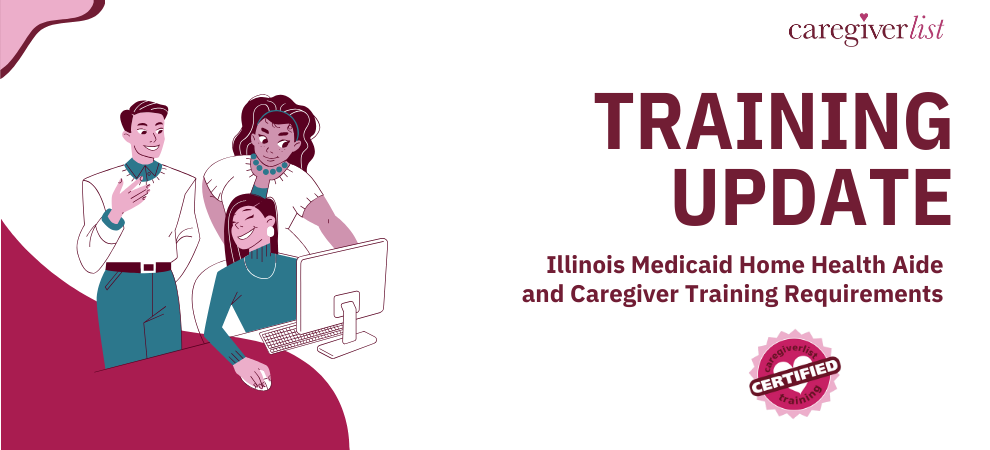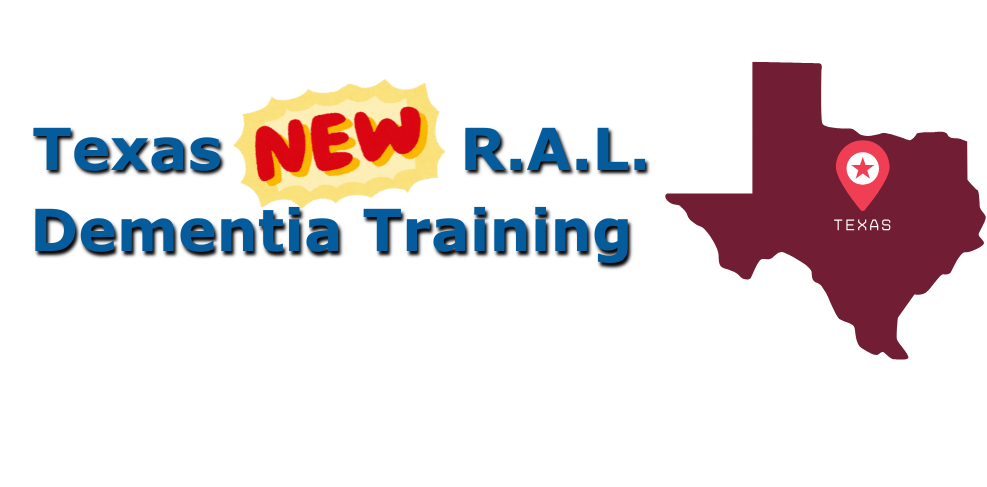Seniors in America, by and large, prefer to age in place, at home. In fact, according to AARP, over 80 percent of seniors want to stay in their own homes as they age. However, many seniors need help with ADLs or activities of daily living, such as eating, dressing, bathing, toileting, shopping and medication management. Family caregivers many times find themselves stretched to a breaking point. Between work, caring for their own children, and other day-to-day demands on their time, caring for a senior may be a burden too great to bear.
Assisted living and nursing homes are options when family believes their loved-one can no longer live safely at home alone. But if 24-hour care isn’t needed, the autonomy, independence, and comfort-level of aging at home is preferential for most seniors. The biggest concern for seniors aging in place, at home, and many times alone, is safety.
A safe home is especially important in later years, as seniors begin to experience reduced eyesight, poorer balance, reduced flexibility, etc. AARP has identified the following primary living space concerns:
- Safety features such as non-slip floor surfaces.
- Bathroom aides such as grab bars.
- A personal alert system that allows people to call for help in emergencies.
- Entrance without steps.
- Wider doorways.
- Lever-handled doorknobs.
- Higher electrical outlets.
- Lower electrical switches.
In-home caregivers need to be chosen with safety in mind. Adrienne Sierra addresses the home care provider choice in her recent U-T San Diego Healthy Aging column, Feel Safe and Secure with In-Home Care. In it she discusses the precautions and safeguards that go into choosing a professional caregiver and keeping a safe home environment a priority.
Caregiverlist recommends working with a quality home care agency in order to assure that the caregiver has received qualified caregiver training such as the training and certification offered by Caregiverlist Training University’s Basic Caregiver Training. Home care agencies also routinely perform background checks and drug testing prior to employment.
Safety and security should be the number one priority for seniors and their families. With proper precautions, seniors should be able to remain in the comfort and familiarity of their own homes and lead independent lives longer.







